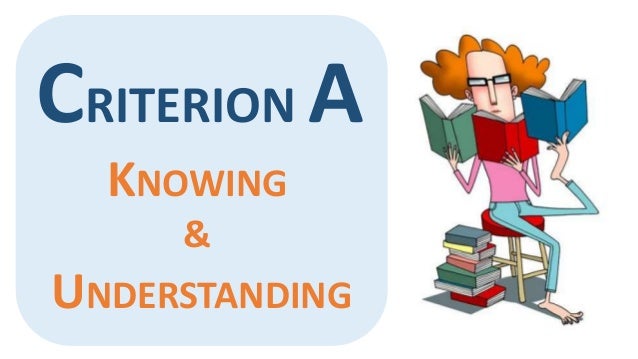 |
| http://www.aidan-hammond.net/pyp-visual-arts/2015/12/13/statements-of-artistic-intent |
May 23
3. a. Research and choose a story that you will retell in class for you Criterion B Assessment
b. What is the moral or theme for that story?
c. Why did you choose that story? What was your inspiration?
d. What do you want the Year 8s to learn from this story?
May 24
Statement of Artistic Intention - Criterion C Assessment (in-class writing assessment)
Follow the template to write a Statement of Artistic Intention
Paragraph 1: What are you doing? (purpose) This paragraph includes:
-what topic you are studying this term in Drama
-small background about storytelling
-what your task is
Paragraph 2: Why are you doing this? (message and inspiration)
-name and brief plotline/storyline of your story
-theme or moral of your story
-what stories did you look at before you chose this one
-why did you choose this story (inspiration)
-what do you want the other Year 8s to learn from your story
Paragraph 3: How are you going to achieve this (production and performance elements)
-how will you bring your story to life? (include costume, props, and acting techniques that you will use)
-what challenges do you think you will face when telling your story in front of the class? (minimum 3)
-How will you overcome these challenges?
May 25
Performance Rehearsal




